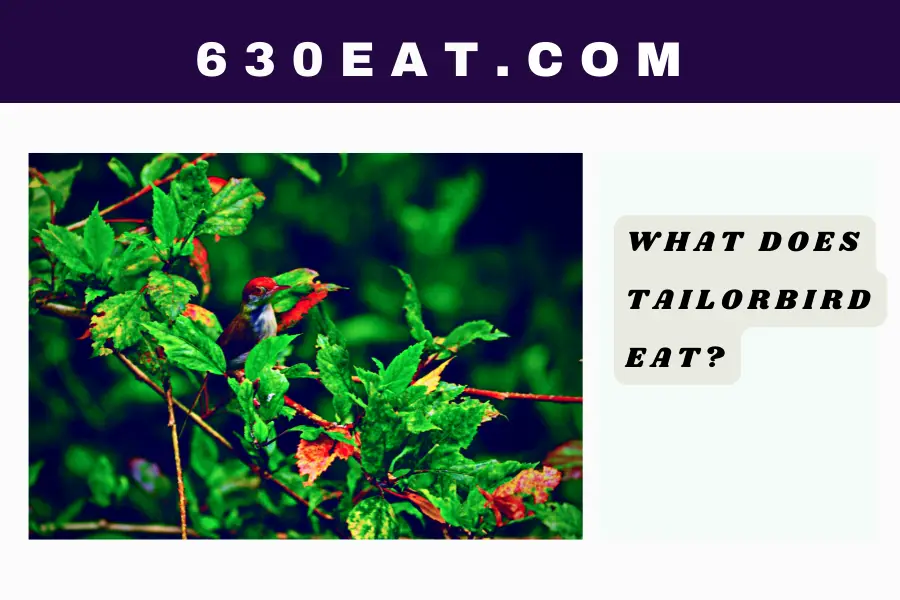Curlews are large wading birds, known for their long, curved beaks and distinctive calls that echo across grassland and moorland habitats. They are widely distributed throughout Europe and Asia, but their populations have been in decline due to threats such as habitat loss and degradation. One key aspect of curlew conservation is understanding their diet and how it relates to their survival.
In this article, we will delve into the eating habits of the Eurasian curlew in detail, exploring its physical characteristics, habitat, foraging techniques, diet, and the role of nutrition in its breeding success and population trends.
Understanding the Eurasian Curlew
Physical Characteristics and Habitat
The Eurasian curlew is a large, long-legged wading bird that can grow up to 60 cm in length. It has a distinctive down-curved beak, which is well suited for probing deep into the soil and mud to locate prey. The bird’s plumage is mottled brown and grey, providing excellent camouflage in its natural habitat.
The Eurasian curlew is typically found in wetland habitats, such as estuaries, bogs, and mudflats, as well as in grassy moorland areas. It breeds in Northern Europe and Asia, with some populations also found in North Africa. During the winter, it migrates southwards to warmer areas, such as the Mediterranean, North Africa, and the Middle East.
Distribution and Migration Patterns
The Eurasian curlew is widely distributed throughout Europe and Asia, with breeding populations found in countries such as the UK, Ireland, Scandinavia, and Russia. However, their numbers have been in decline in recent years, with many local populations becoming extinct. Climate change, habitat loss, and hunting are among the major threats to curlew populations.
During the breeding season, males establish a breeding territory and perform elaborate courtship displays to attract females. After mating, the female lays four eggs, which she incubates for around 28 days.
During migration, curlews can travel thousands of kilometers in search of suitable feeding and breeding grounds. In some areas, they may form large flocks during the winter, gathering in wetlands to feed and socialize with other birds.
The Diet of the Eurasian Curlew
Main Food Sources
The Eurasian curlew is a highly specialized feeder, that primarily feeds on invertebrates such as insects, crustaceans, and mollusks. The bird’s long, curved beak allows it to probe deep into the ground to extract prey. The diet of the curlew varies depending on the location, time of year, and availability of food sources.
During the breeding season, curlews tend to feed on earthworms, which provide them with essential nutrients for the production of eggs and feeding of chicks. During the winter, they switch to other food sources, such as shellfish and small fish.
Seasonal Variations in Diet
The diet of the Eurasian curlew undergoes significant seasonal variations, as the availability of food changes throughout the year. During the winter months, curlews typically feed on marine invertebrates such as mollusks, crustaceans, and small fish. In the summer, they switch to terrestrial invertebrates such as earthworms, beetles, and caterpillars. The timing of breeding also affects the diet of the curlew, as females require high levels of protein and calcium to produce healthy eggs.
Foraging Techniques and Adaptations
The Eurasian curlew is a master of foraging, using its long, curved beak to penetrate deep into the mud and soil to extract prey. The bird’s long legs also enable it to wade through shallow water, and its large eyes provide excellent vision, which allows it to locate prey even in low-light conditions. Curlews are well adapted to their natural habitat, and they optimize their feeding strategies accordingly to maximize their energy intake and minimize their energy expenditure.
The Importance of Diet for Curlew Survival
Role of Nutrition in Breeding Success
The diet of the Eurasian curlew plays a critical role in breeding success, as it affects the quality and quantity of eggs produced by females. High-quality eggs require high levels of protein and calcium, both of which can be obtained through a diet of earthworms and other invertebrates. Females that do not have access to a high-protein diet may produce lower quality eggs, which can affect the survival of chicks.
Impact of Diet on Population Trends
The diet of the Eurasian curlew also has a direct impact on its population trends, as the availability of food sources can impact the bird’s breeding success and survival. Human activities, such as land use changes and habitat destruction, can have a negative impact on the availability of prey items, leading to declines in curlew populations. The decline in the number of invertebrates in certain regions has been linked to the decrease in curlew populations, highlighting the importance of conserving their habitats and food sources.
Threats to Eurasian Curlew Food Sources
Habitat Loss and Degradation
The Eurasian curlew faces threats from habitat loss and degradation, as habitats such as wetlands and moorlands are being destroyed or degraded due to human activities such as agriculture, urbanization, and drainage. These activities can also reduce the availability of key prey items, such as earthworms and other invertebrates, which can have a significant impact on the bird’s breeding success and survival.
Climate Change and Its Effects on Prey Availability
Climate change is also likely to have a significant impact on the availability of prey items for the Eurasian curlew. Rising temperatures and changes in precipitation patterns may lead to changes in the distribution and abundance of invertebrates, which can make it more difficult for curlews to find suitable food sources.
In addition, climate-induced habitat changes could affect the quality of breeding and feeding habitats, which can impact the survival of curlews.
Human Activities and Disturbances
Human activities, such as hunting and disturbance, can also impact the availability of prey items for the Eurasian curlew. Disturbance by humans, dogs, and other animals can cause curlews to abandon their feeding grounds and breeding territories, reducing their access to food and leading to declines in population numbers.
Conservation Efforts for Eurasian Curlews
Habitat Restoration and Management
Conservation efforts for the Eurasian curlew are focused on protecting and restoring their habitats and food sources. Habitat restoration and management can include measures such as reducing grazing intensities, restoring wetland habitats, and creating buffer zones around key breeding and feeding areas. These measures can help to maintain or enhance the availability and quality of the bird’s food sources.
Monitoring and Research Initiatives
Monitoring and research initiatives are also important for conserving Eurasian curlews. These initiatives can provide vital information on curlew populations, habitat, and food sources, which can inform targeted conservation efforts. Monitoring and research initiatives can also help to identify threats and challenges facing curlews, which can inform future conservation strategies.
Community Involvement and Education
Community involvement and education can also play a vital role in conserving the Eurasian curlew. By raising awareness of the importance of curlews and their habitats, and involving local communities in conservation efforts, it is possible to build support for long-term conservation programs.
This can include initiatives such as community-based monitoring, education and outreach programs, and eco-tourism initiatives that support sustainable conservation efforts.
Conclusion
The Eurasian curlew is a unique and charismatic bird that is facing significant challenges to its survival. By understanding its diet, habitat, and foraging strategies, it is possible to develop targeted conservation initiatives that can help to protect curlew populations and enhance their food sources.
Through habitat restoration and management, monitoring and research, and community involvement and education, it is possible to create a sustainable future for the Eurasian curlew and its prey.




